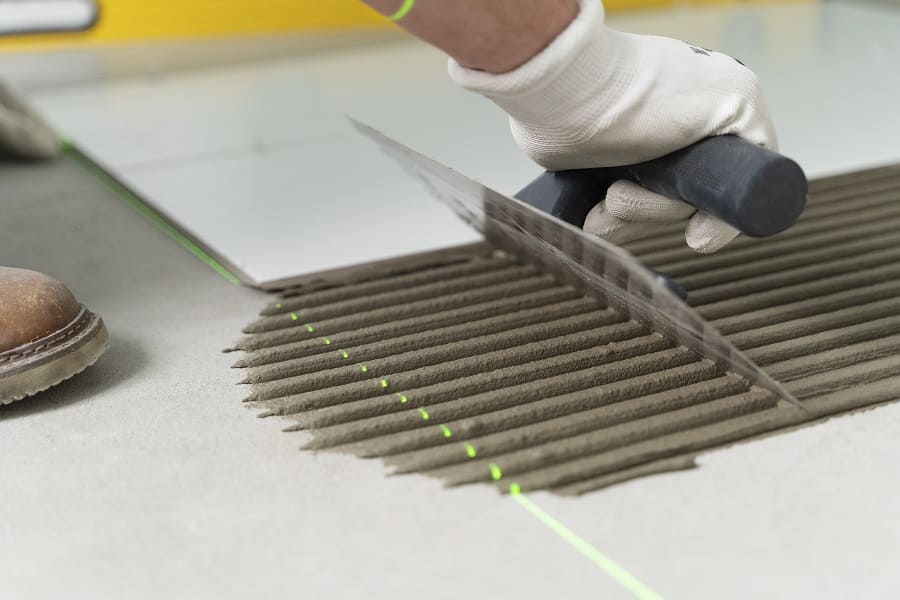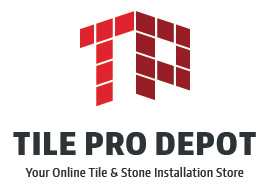
Whether you need to place an underlayment for tile flooring or not is a question that needs an answer first. If you need it, then what kind of tile flooring is required? In this blog, we will try to answer these questions so you can make an informed choice.
To understand and understand tile underlay, you first need to know the subfloor. Different subfloors require different underlayments. A subfloor is the structural element of your floor, and they belong to two categories:
For concrete floors, tiles are installed over concrete directly with a thin set of mortar. However, one condition tiles must be flat without cracks that are almost difficult to get. Under such a circumstance, underlaying is installed to make the cracks disappear.
Instead of wooden subfloors, the wood-framed subfloors require tile underlayment installed over them to be ready to accept the tile. There are two types of wooden subfloors -plywood subfloors and OSB subfloors. The plywood subfloors can be directly installed over the floor joists, while the OSB subfloors or the oriented strand subfloors composed of big wood chips can also be directly placed.
Now that you know about the different subfloors, you can gather more information about tile underlayments. An underlayment is an element placed between the subfloor and the tile. The most common types of underlayments used for flooring are:
This is the most common underlayment for tiles. Backer boards are used in dry or wet areas and installed over floors and walls. Some of the most popular brands of backer boards are cement backer boards, foam, and other backer boards. The cement backer board is embedded into the first trowel mortar and fastened down. The advantages of these are that they come at an affordable price and can be installed on walls and floors, while the disadvantage is they can be heavy and difficult to cut. Next is the foam backer board. This is a considerably new backer board type. The advantages of using them are that they are waterproof, lightweight, and easy to cut. The disadvantages of using these are that they are expensive and ideal for shower walls but not floors. These can be installed on a concrete subfloor. There is a less popular type known as coated glass mat water-resistant gypsum backer board. The pros are that they can be easily installed while the cons are that there are better alternatives.
This is referred to as the waffled and funny membrane made of plastic as an alternative to the cement board. They offer minimal tile size and are lightweight and waterproof, which is easily cut. Laticrete Strata Mat is a good product for this. It is thin and easy to install, proving to be an excellent choice as underlayment for stone and ceramic tiles along with cement substrates, and appropriate for commercial and residential applications. The unique design of this mat improves the mechanical bond between the adhesive mortar and reduces the drying time of mortar, thus shortening the downtime for grouting.
The unique design of the mat aids the installer in finding out about the thinset coverage on the bottom of the mat without lifting the mat, thus protecting the initial bond between the mat and the substrate. The color of the mat darkens as it gets pressed into the substrate, making it easily visible from the top. Since it’s lightweight, the installation becomes easy compared to heavy backer boards. Also, it can be easily cut with a utility knife, making it a popular choice among installers. This mat is dust-free and cut inside the site, reducing the installation time. The Laticrete Strata Mat also provides crack isolation protection, an advantage on cement substrates.
The Blanke Permat is another uncoupling option that comes with dollops of benefits. It supports wood substrates, keeping them from deflection, thus providing more tensile strength to the setup. Also, you can walk in during installation time as it does not require curing. It is a great choice for stone tile installations, offering excellent crack isolation protection, superior compression, and tensile strength. The best part is that it comes with a 10-year warranty against damage caused by extreme subfloor deflection. Subfloor deflection is an issue for residential wood applications and concrete commercial applications. It is taken care of by Blanke Permat.
Underlayment is a vast topic. But for now, we will stop at this.

Welcome to Tile Pro Depot! We established this site to service the specific needs of the tile installation professional. Tile installation tools, tile setting materials, premixed grout and more tile installation products online at Tile Pro Depot.